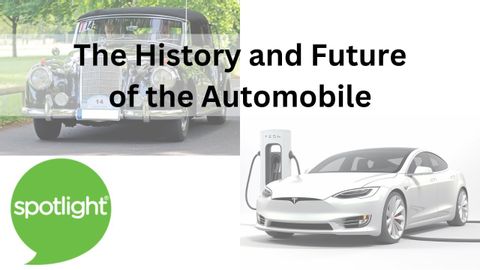The History and Future of the Automobile | practice English with Spotlight
zerocels1us が 2024 年 04 月 17 日 に投稿  この条件に一致する単語はありません
この条件に一致する単語はありませんUS /dɪˈvɛləp/
・
UK /dɪ'veləp/
- v.t./i.展開する;開発する;発達する;現像する;発症する;磨く
US /ˈkɑmɛnt/
・
UK /'kɒment/
- n. (c./u.)論評 : コメント;注釈
- v.t./i.批評する;注釈する;批評する
- n. (c./u.)方法;秩序;(コンピュータ)メソッド
- v.t.(~を)あおる、刺激する;燃料を入れる
- n. (u.)燃料
エネルギーを使用
すべての単語を解除
発音・解説・フィルター機能を解除

